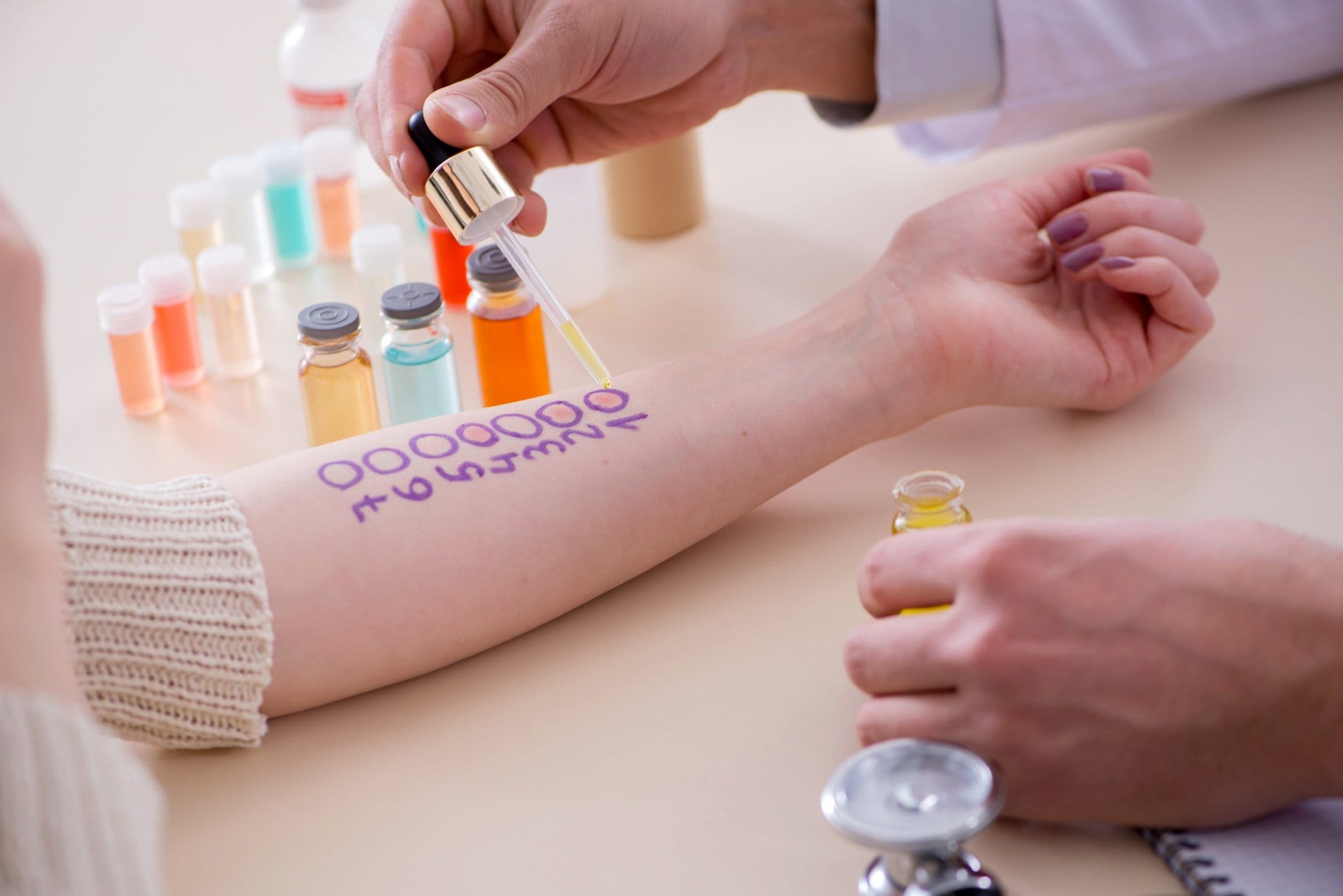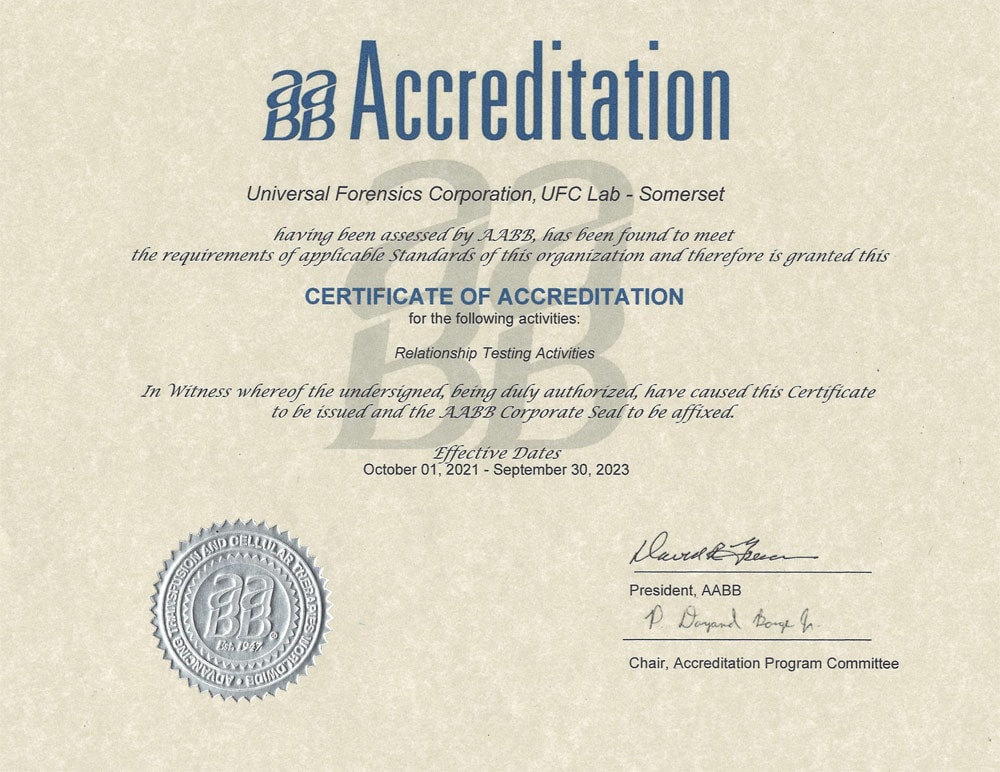Allergy Test Preparation: What You Should and Should Not Do

DNA testing plays a huge role in the medical field. It’s used to see what kind of genetics you’ll pass on to your children, to see how your body will react to certain medications, and even if you have an STD.
One of the more common tests that a doctor will perform based on your genetic results is an allergy test. Your doctor may suggest you get an allergy test if you have ongoing problems at home, such as around your pets or with certain foods. Knowing your food and drug allergies may also save your life in the future.
Here’s what you should know about the different kinds of allergy tests and how to prepare for them.
Types of Allergy Tests
Knowing what kind of allergic responses you’ll have to certain stimuli can help you stay safer as you navigate the world. You can customize your diet for better digestion and less risk of an allergic response. You’ll also want to notify your healthcare providers if you have any reactions to certain medications, such as penicillin.
There are a few different types of tests you can take part in. These include skin tests, blood tests, and provocation tests.
Skin tests involve applying a watery solution containing allergens onto different points of your skin. This is usually done on your arm. A lancet is used to allow the solution to penetrate just below your skin.
Alternative skin tests involve injecting the solution into your skin or scraping some skin off and rubbing the allergen on the area.
Blood tests check to see what levels of antibodies your body has produced in reaction to an allergen. Your doctor may perform this if the skin test isn’t clear enough.
A provocation test involves applying an allergen to the mucous lining of your nose. This is only performed under medical supervision, however.
Allergy Test Preparation
How you prepare for your allergy test is just as important as paying attention throughout the entire process. Certain actions may cause false negatives on your test or interfere with your normal allergic response.
What to Do
Something you should do before your test is shower. Your bath soaps, shampoos, and other bathroom products will not interfere with your body’s responses. The same applies to deodorant, although you’ll want to avoid strong colognes whenever you visit any medical facility.
Steroid nasal sprays are fine unless you’re doing a provocation test. In that case, they will need you to be able to generate a normal allergic response.
Eat whatever foods are normal for your particular diet. If you know you have even the slightest allergic response to certain items, stay away from them. Otherwise, you are permitted to eat and drink before and during the visit.
What to Avoid
What you should avoid before your allergy test is a bit more comprehensive.
To begin, stay away from any kind of antihistamines. Even if they help you survive allergy season, they will stop your medical physician from obtaining any kind of meaningful results. The whole idea behind an allergy test is to initiate an allergic response, after all.
Stop taking your allergy medication roughly a week before your allergy test, if you can. Certain antacids also contain a type of antihistamine, so avoid those as well.
Beta-blockers are another medication you’ll want to talk to your doctor about. While they help with a variety of conditions such as high blood pressure and anxiety, they can also inhibit your body’s response to epinephrine. If you suffer a severe allergic reaction, your doctor will have a more difficult time treating you.
Antidepressants may also slow down your body’s immune response. Ask your doctor whether or not to take less of it or stop taking it entirely a week or so before your allergen test.
The Allergy Test Process
When you first go in for your allergy test, they will place the allergens on your skin. This only takes about five to ten minutes. Adults have them placed on a forearm, while children usually have it done on their backs.
In roughly 15 minutes, you may see a small red lump forming in the areas where some of the allergens were placed. After documenting your results, the attending nurse will wipe your skin clean with alcohol.
A patch test may be done to check for any delayed allergic reactions. The allergens are applied to patches that are then stuck onto your skin. You wear this patch for 48 hours, and your doctor will check your skin for the results.
Getting Your Allergy Test Results
In most cases, you should have the result of your skin prick allergy test within a matter of minutes. Your doctor will note if there was any kind of reaction and to what extent.
A patch test will take at least a couple of days to show results. The same goes for a blood test.
However, there’s always the chance you receive false positive results on these tests. This includes the skin prick test.
Allergy Test Costs
The cost of your allergy test will vary depending on your physician, insurance, and what you test for. You may also spend more on something like a blood test as opposed to a skin prick test.
For example, food allergy testing is one of the most expensive ones. The less expensive ones are more focused, such as with seafood or shellfish allergy tests.
Find a Reliable Allergy Test in Your Area
An allergy test is a good investment if you’ve ever had some kind of allergic reaction in the past. It’s important to know what your body will respond to and how to best protect yourself from developing a rash or suffering anaphylactic shock. You wouldn’t want to buy a fancy laundry detergent only to find out you’re allergic to it.
ReliaLabTest provides reliable, timely, and secure testing. Our services include drug testing, DNA testing, alcohol testing, and nationwide background checks. You can order your tests online and contact us with any questions about our products.








